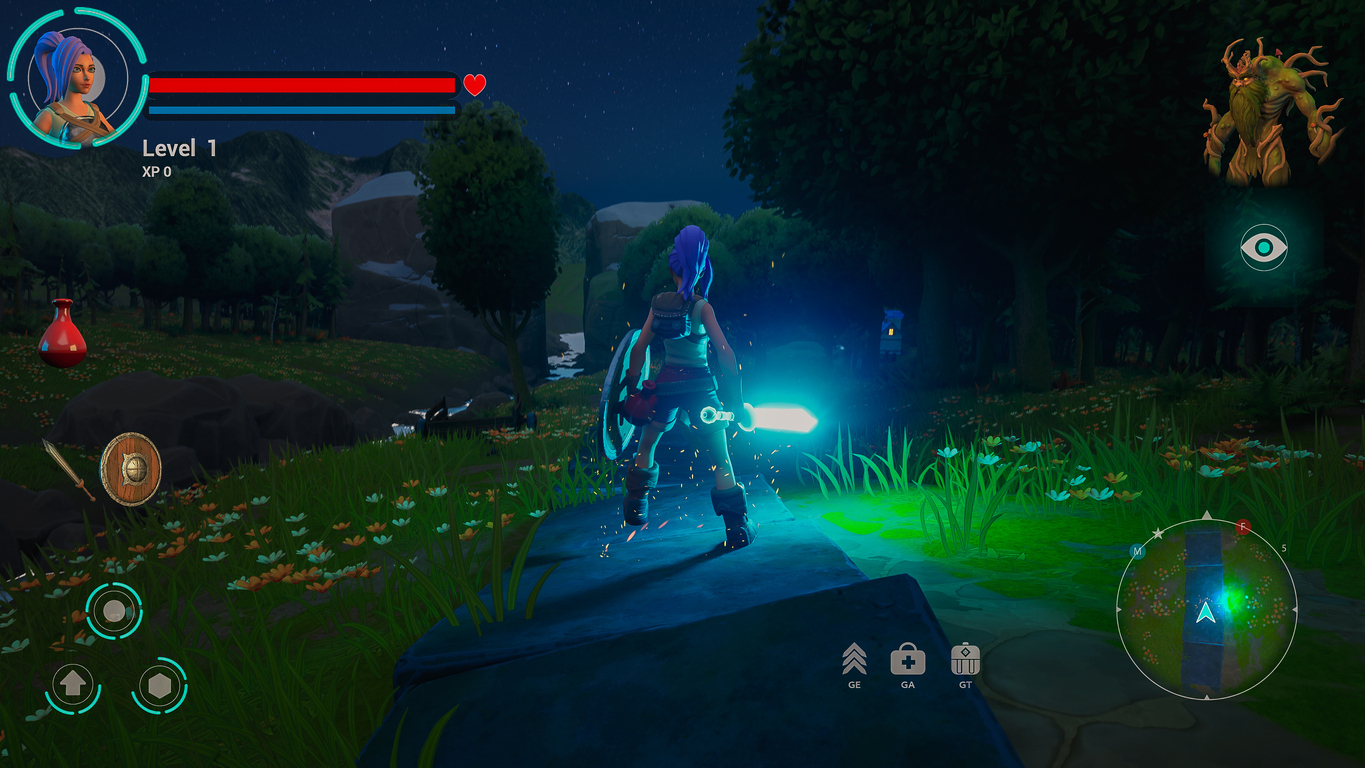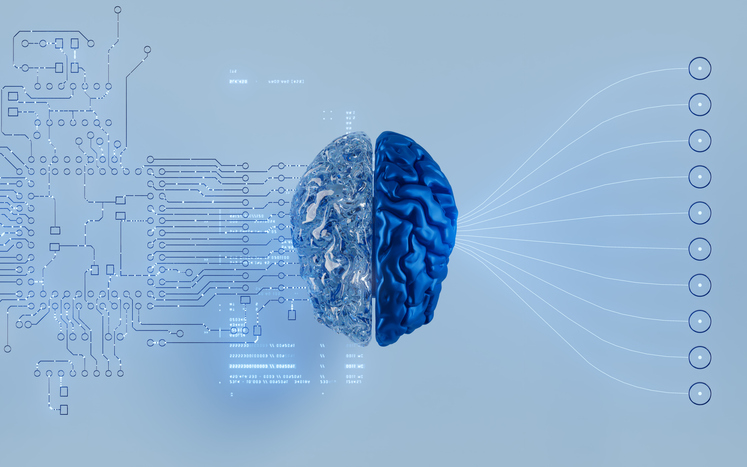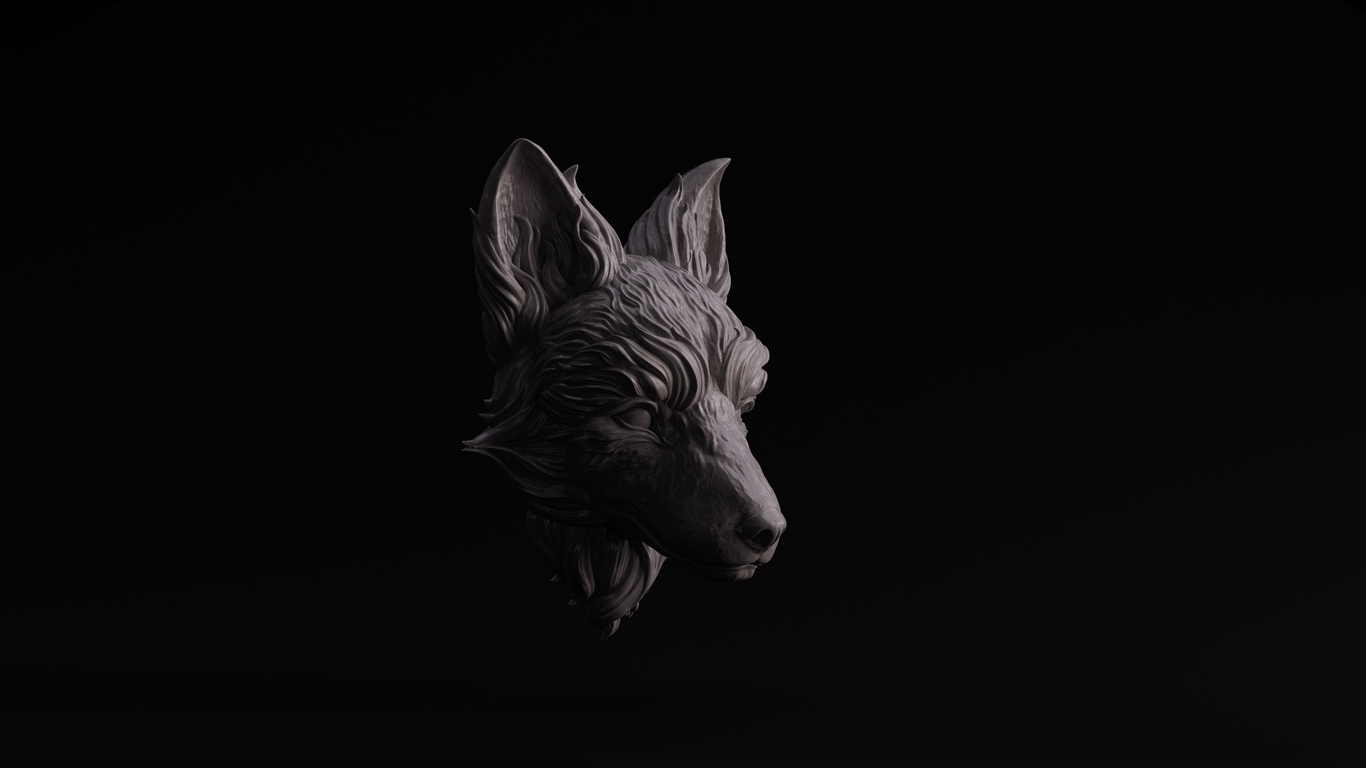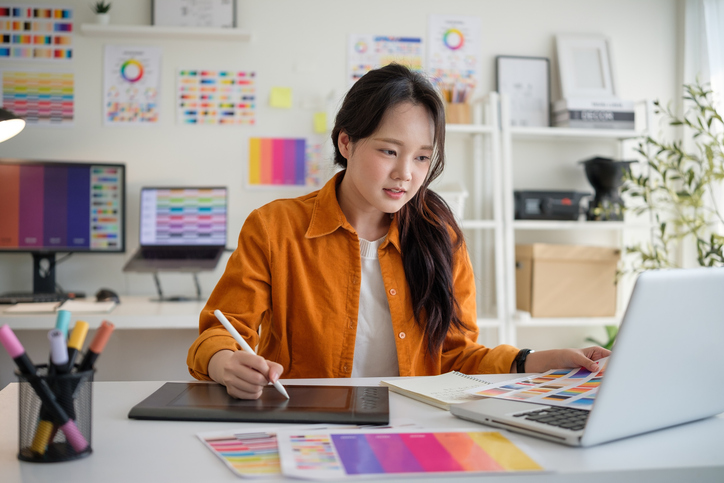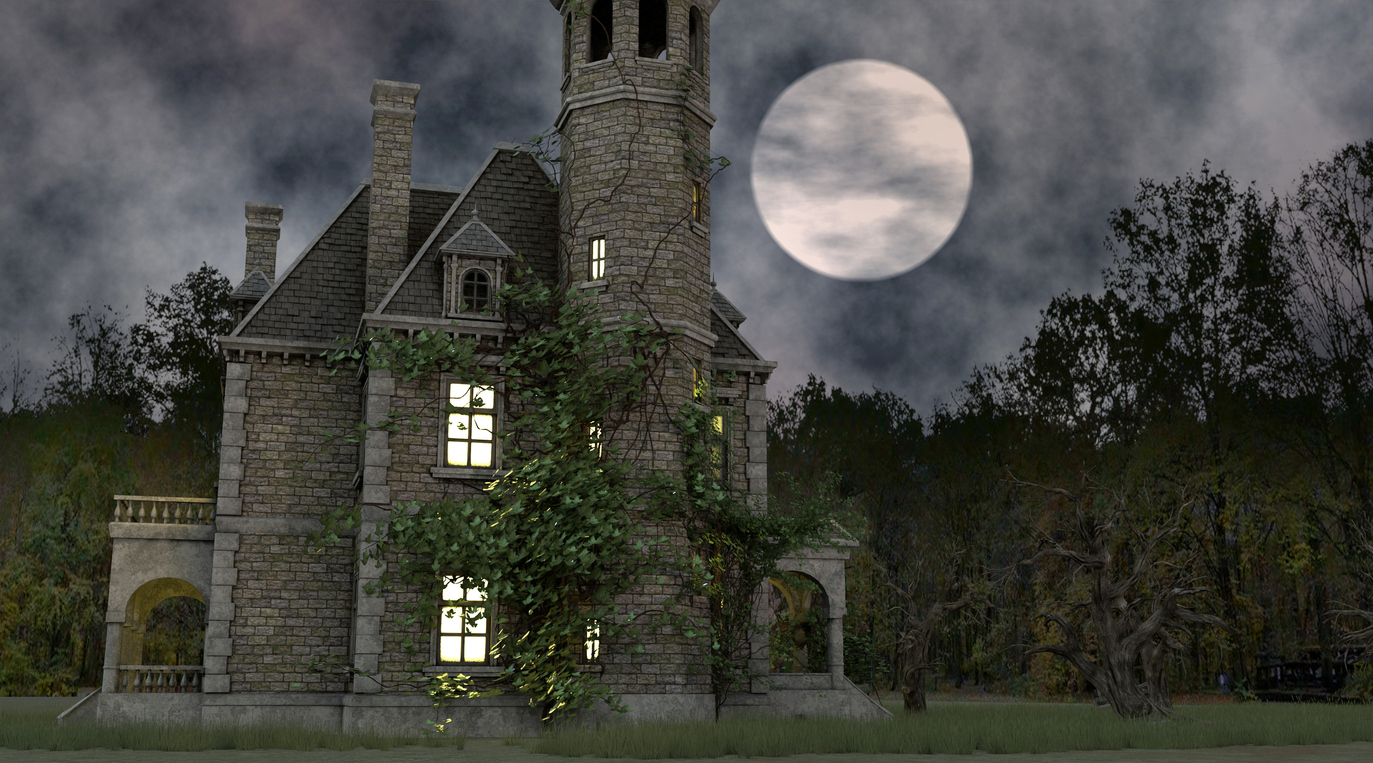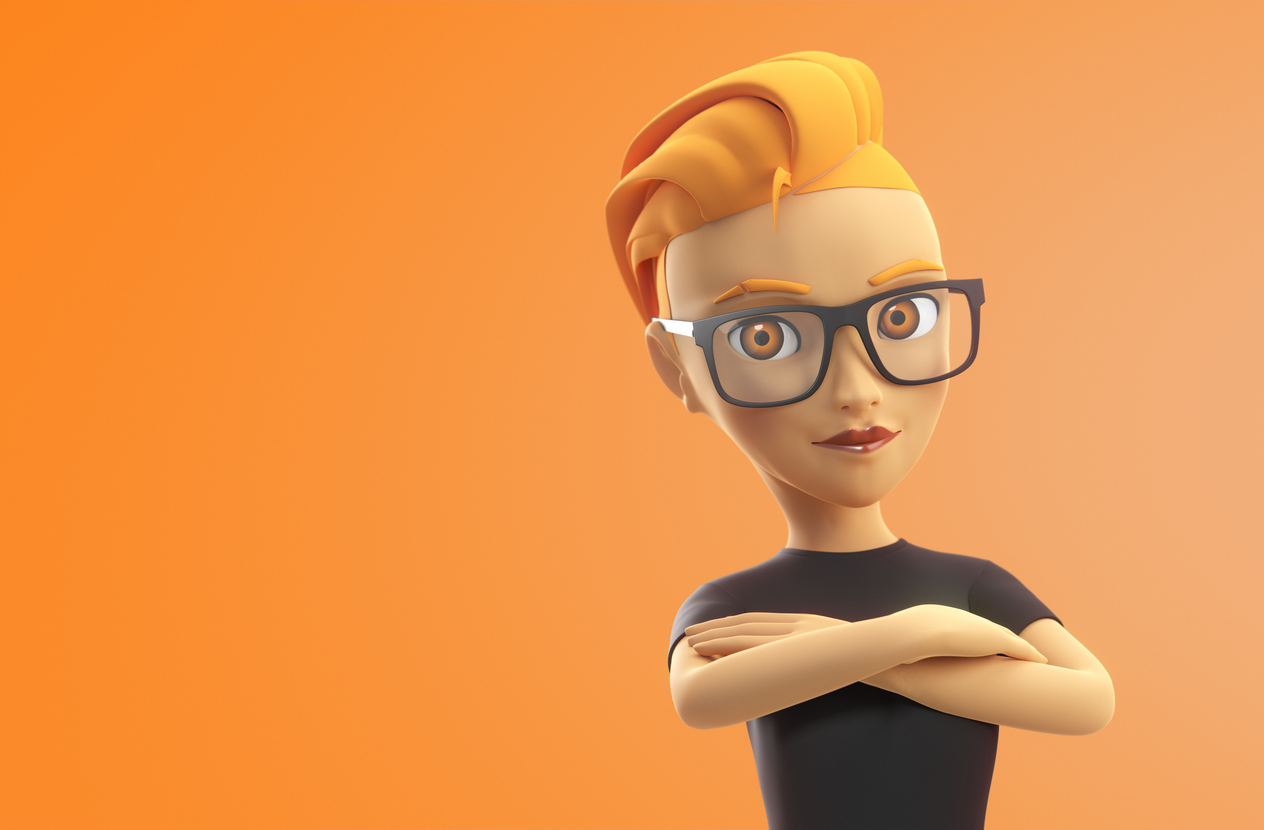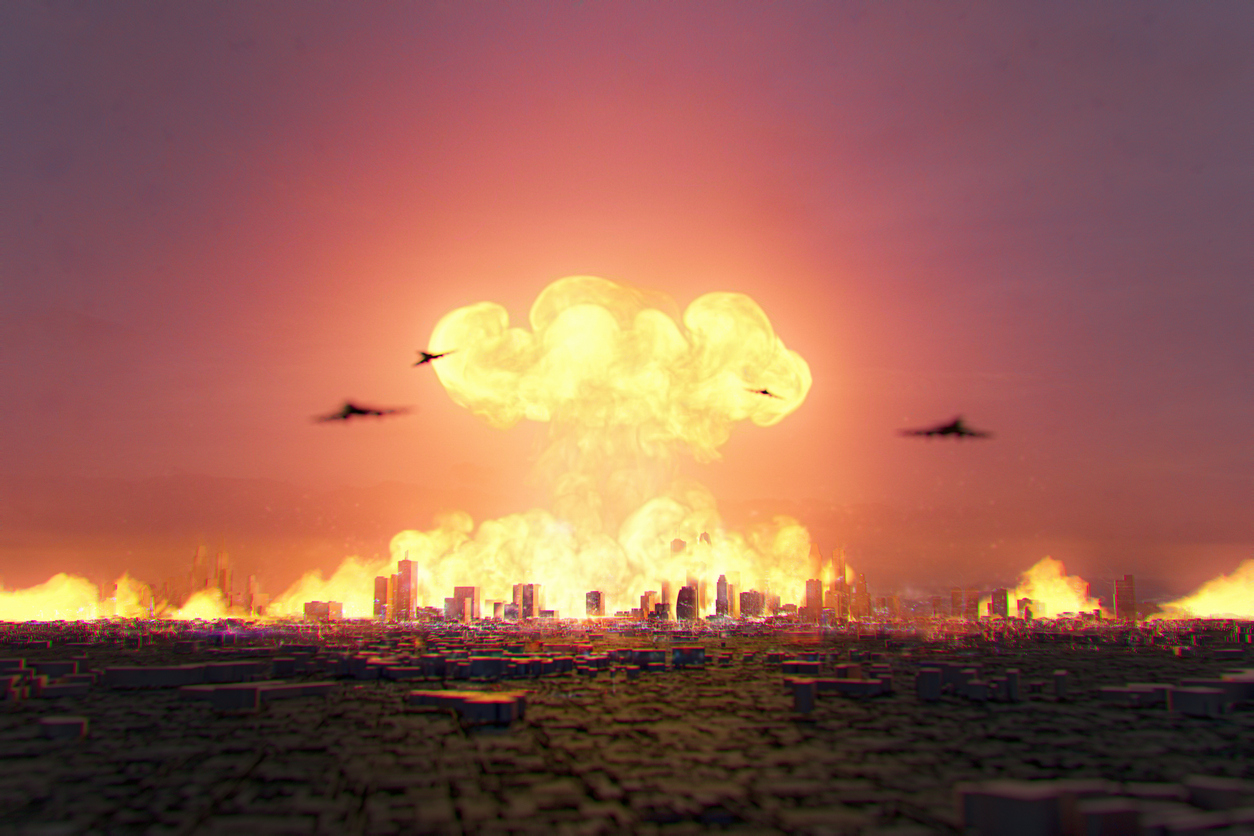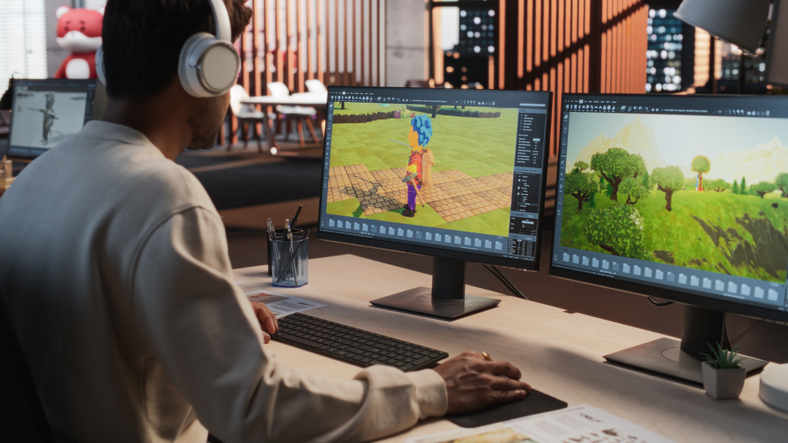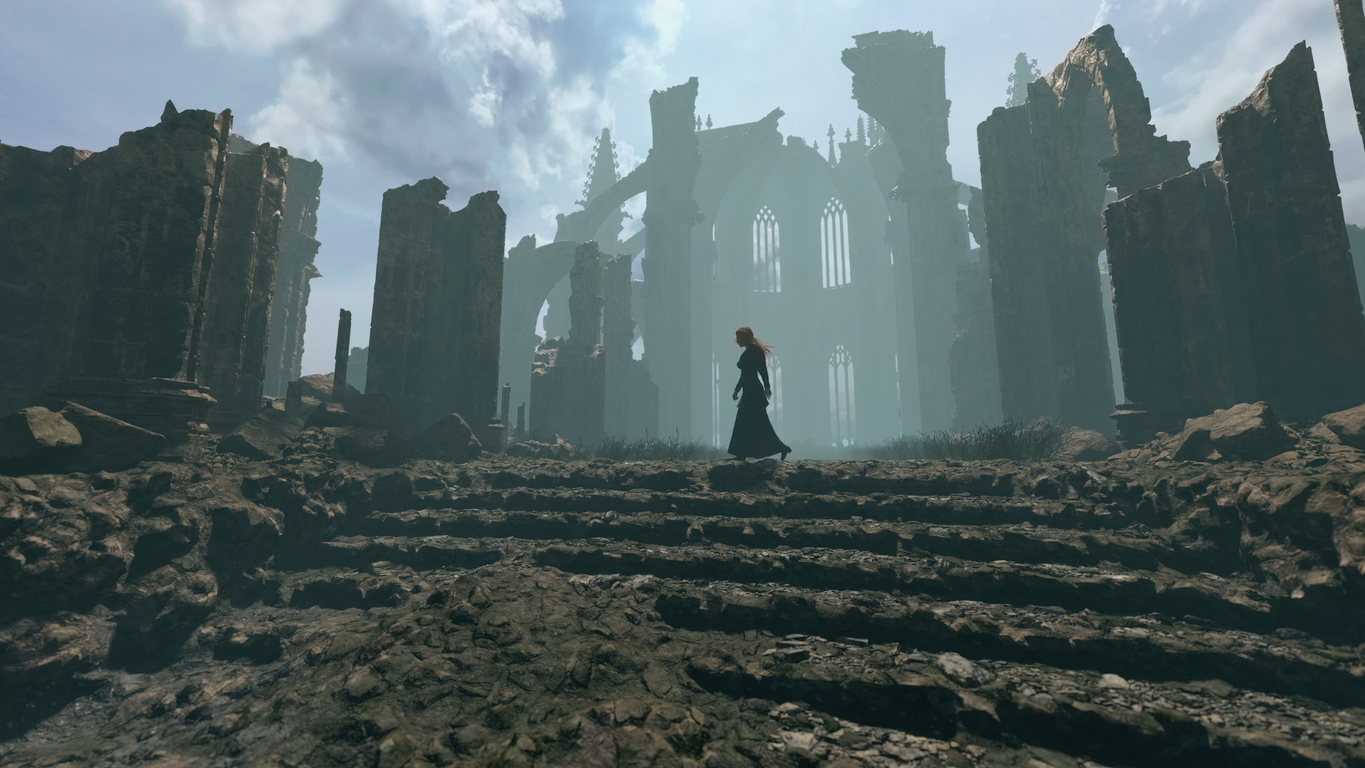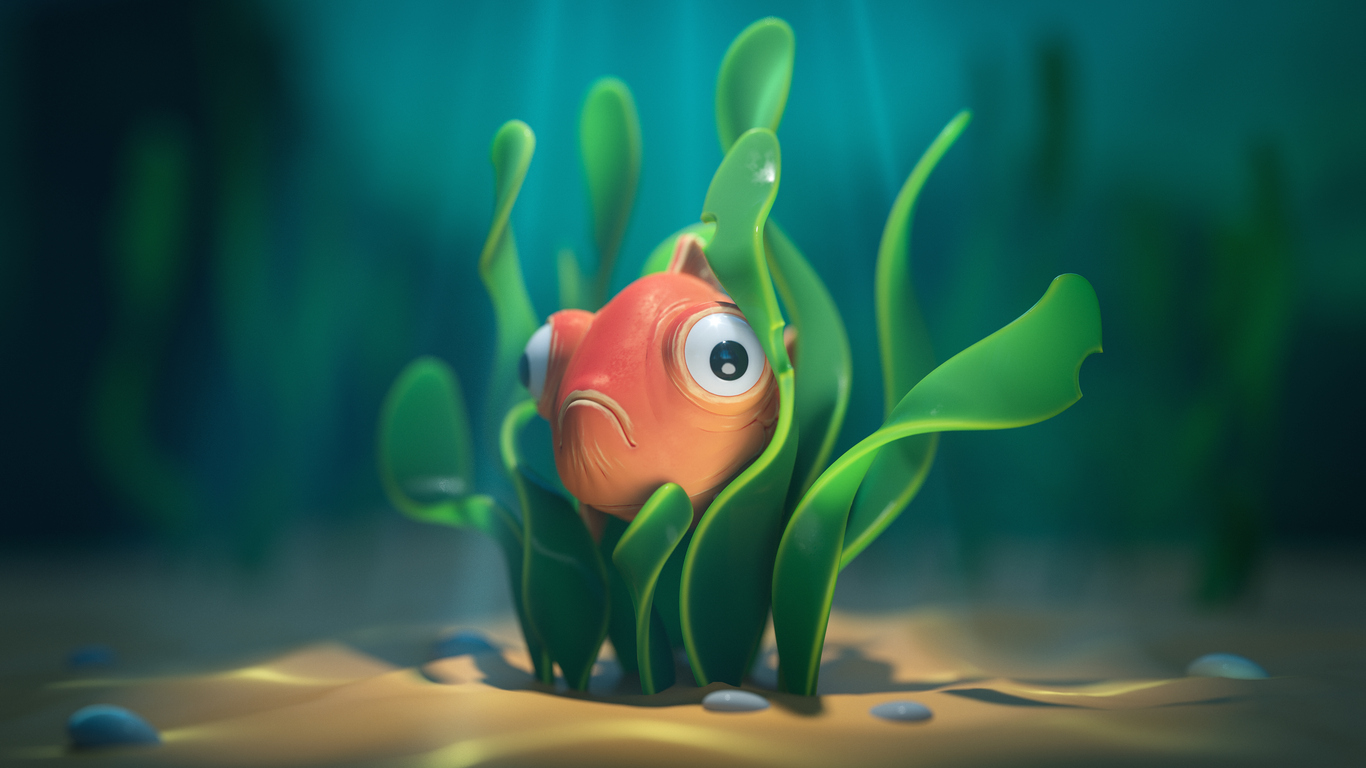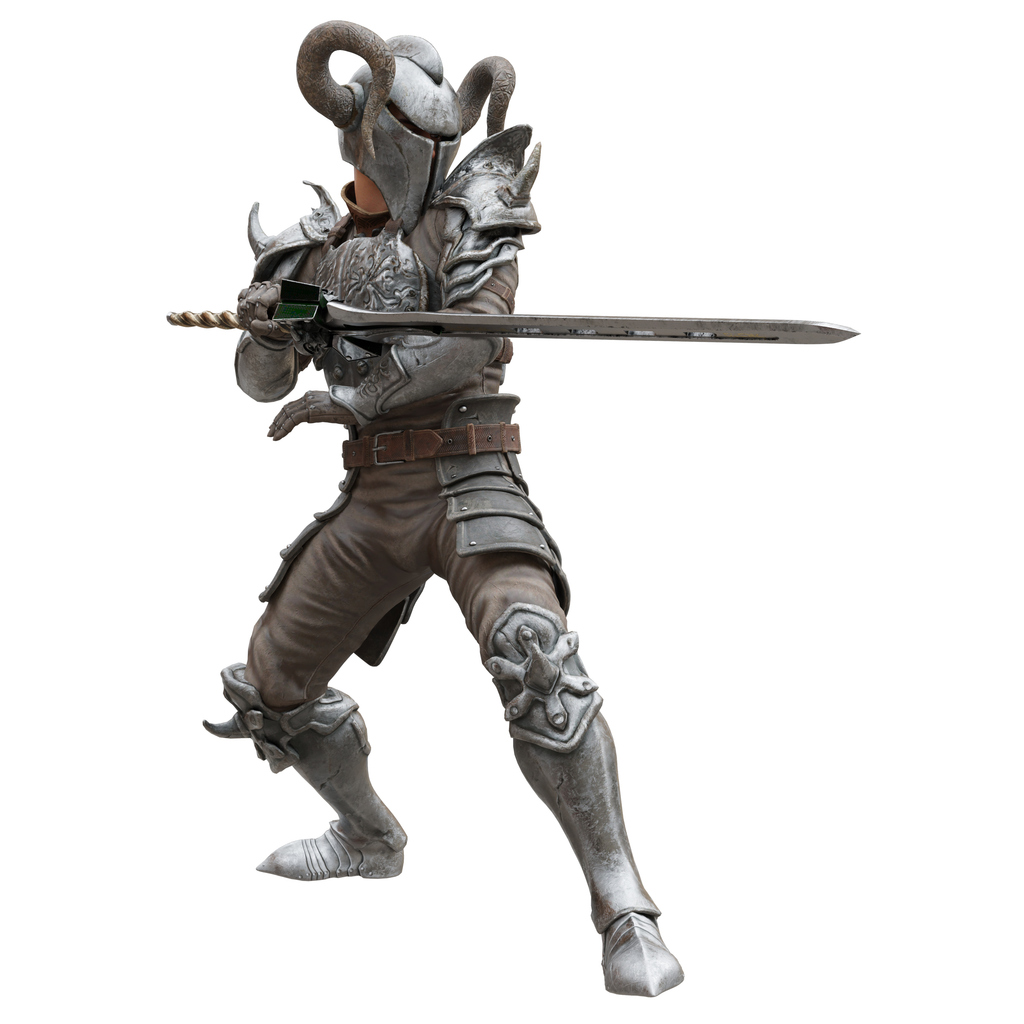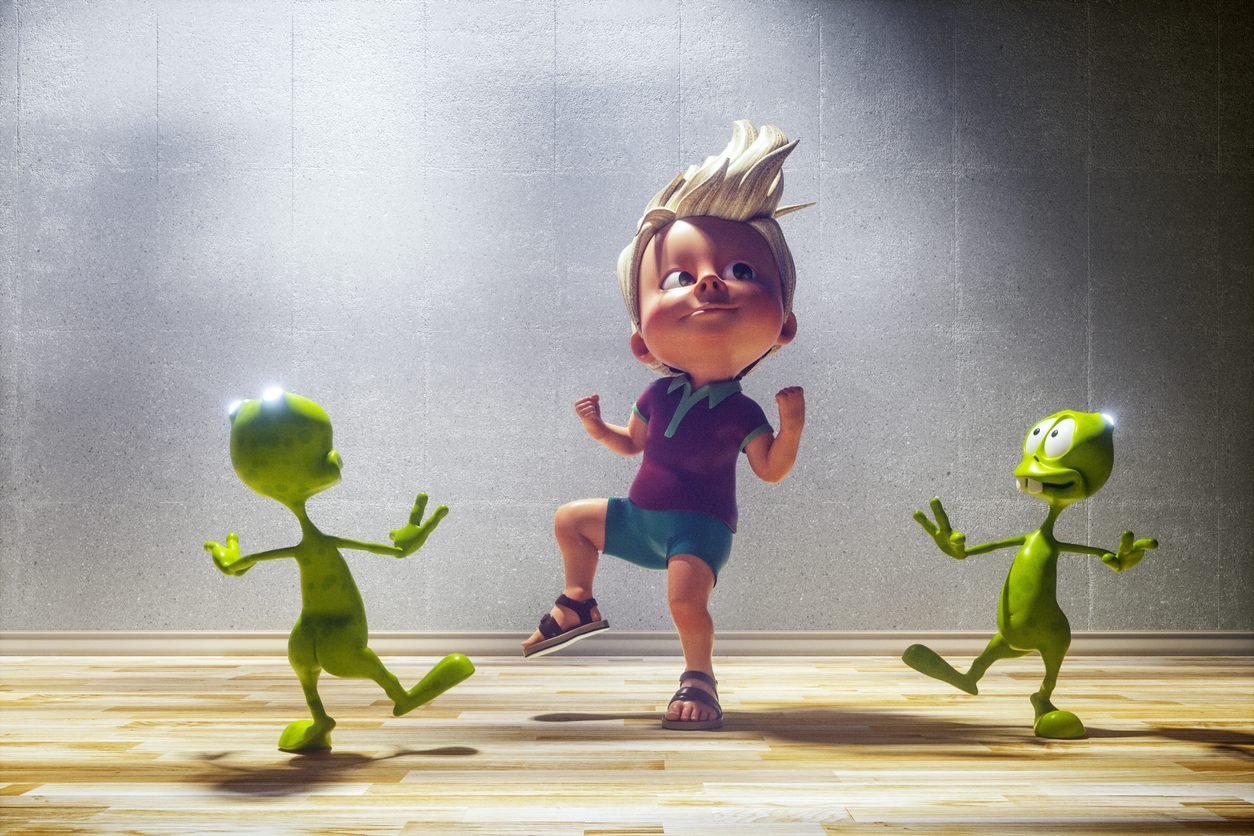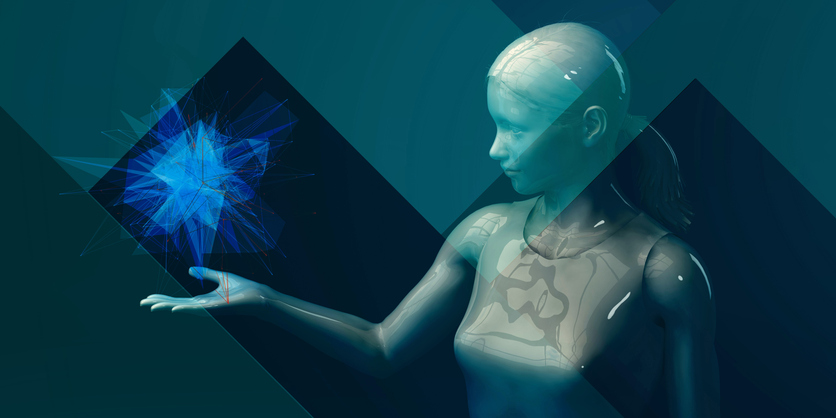Animation is one of those rare skills that mixes art, movement, and technology. In game design, animation gives life to worlds and characters, turning static ideas into something that feels real. If you use Autodesk Maya, understanding how to use animation layers in Maya can make your workflow smoother and far more flexible. This feature lets you build, adjust, and refine animation without starting from scratch each time.
Let’s walk through what animation layers are, why they’re essential in game development, and how you can start using them to level up your projects.
What Are Animation Layers
Imagine layers in Photoshop, but for animation. That’s what animation layers are in Maya. They let you separate different movements, so you can tweak one part of an animation without changing the rest.
For example, you might have a base animation of character walking. Later, you want that same character to wave, look around, or aim for a weapon while walking. Instead of re-animating everything, you simply add a new layer for the new movement. The walk stays intact, and the new motion blends on top.
It’s a non-destructive workflow that keeps your creativity intact. You can try new ideas, adjust timing, and test variations while protecting your original animation underneath.
Key Benefits of Animation Layers in Game Development
Animation layers aren’t just convenient. They can completely change how you approach animation in games.
Non-Destructive Editing
With animation layers, your base animation remains untouched. If you don’t like the new movement you added, you can mute or delete that layer instantly. This makes experimenting easier and safer.
Faster Iteration
Game development moves fast. Maybe a creative director asks for more impact on a punch or a stronger head turn in a cutscene. Instead of redoing the base animation, you add a layer, make your change, and see results immediately.
Adds Depth and Realism
Once the core motion works, you can use extra layers to add polish. Small touches like breathing, blinking, or fabric sway can all live on separate layers. These secondary details give your animations more life.
Keeps Things Organized
When you work on large characters or cinematic scenes, multiple elements move at once. With layers, you can isolate parts like facial expressions or upper-body movement, keeping your timeline clean and manageable.
Mirrors Game Engine Behaviour
Modern game engines often blend animations in real time. Animation layers in Maya let you preview how different motions interact before exporting them. You can see how a run blends with a reload of animation, or how a jump combines with a mid-air twist.
How to Use Animation Layers in Maya
Here’s a simple step-by-step guide to help you start using animation layers in Maya.
Step 1: Open the Animation Layer Editor
In the Maya interface, find the Layer Editor on the right side. Click on the “Anim” tab to switch to animation mode. If you can’t see it, go to Window > General Editors > Layer Editor and select the animation view.
Step 2: Create a New Animation Layer
Click Create Empty Anim Layer. Give it a clear name like “UpperBody” or “Facial.” If you already have objects selected, use Create Layer from Selected to automatically assign them to the new layer.
Step 3: Set a Zero Key
Before you begin, it’s good practice to set a zero key on your first frame. This aligns your new layer with the base pose, so there are no sudden jumps when both layers play together.
Step 4: Animate on the New Layer
With your layer active, start keyframing as usual. Maya automatically saves your new keys to the active layer, leaving your base untouched. You can work freely, knowing nothing underneath will break.
Step 5: Blend and Adjust
Use the layer controls to mute, solo, or adjust the weight of each layer. Lowering a layer’s weight softens its effect; while raising it strengthens it. This makes fine-tuning easy.
Step 6: Merge or Bake the Layers
When you’re satisfied, you’ll need to combine everything before exporting. Go to Layers > Bake Anim Layers to merge them into one final animation. Always save a copy of your file before baking so you can revisit your layered setup later. That’s the whole process. Simple, clean, and efficient.
Layering for Polish and Efficiency in Game Workflows
Animation layers are not just about flexibility. They’re about working smarter.
Add Secondary Motion
When the main motion is done, create new layers for subtle details. A small hand movement, cape flutter, or even a slight lean can add realism. These touches are what make the characters feel alive.
Test Variations Quickly
You can create multiple layers for the same action and toggle them to compare. Do you want to test different running styles? Add a new layer for each version and see which feels best.
Collaborate Without Chaos
Game animation is often a team effort. Layers allow multiple animators to work on the same rig at once. One can refine facial animation while another polishes the body’s motion, all without interfering with each other’s work.
Simulate Game Blends
Most modern games rely on animation blending for fluid gameplay. Animation layers in Maya mimic this process, letting you preview combined actions before sending them into Unreal Engine or Unity.
Layers make polishing animations faster and more forgiving. You can experiment freely and revert instantly if something doesn’t work. For game teams working under tight deadlines, that’s invaluable.
Take Your Animation Skills to the Next Level with VCAD
Learning how to use animation layers in Maya is just one piece of a much bigger picture. If you’re serious about animation and game development, you’ll want structured, professional training. At VCAD (Visual College of Art and Design), the Game Development and Design Diploma program gives you the tools, mentorship, and flexibility to grow into a skilled animator and game designer.
This 72-week online program teaches you how to design gameplay, build environments, and bring characters to life using professional tools like Maya, Unreal Engine, ZBrush, Houdini, and Substance Painter. You’ll work on real projects and graduate with a portfolio that shows off your animation and design skills including layered animations that demonstrate your technical and artistic range.
You’ll also be mentored by experienced professionals who know what studios look for. The Autonomous Learning Model means you can study on your own schedule, with 24/7 access to materials and live feedback sessions to help you stay on track. Whether you’re working full time or exploring a career change, it’s a flexible path into the gaming world.
When you finish the program, you’ll be ready to apply for positions at game studios, animation companies, and post-production houses across Canada and beyond. You’ll also know how to bring your creative ideas to life from concept to fully animated scenes.
Final Thoughts
Mastering how to use animation layers in Maya will completely change how you animate. It lets you work faster, make cleaner edits, and polish your projects with precision. Most importantly, it gives you confidence to experiment without fear of ruining your base work.
Start by practicing small. Animate a walk, then add layers for breathing, looking around, or holding a weapon. The more you play with it, the more powerful layering can be. And if you want to take these skills into the professional world, VCAD’s Game Development and Design Diploma is a great place to start. It’s designed for creators who want to learn animation, storytelling, and game design in a flexible, online environment.
Every great animator starts with curiosity and practice. So open Maya, add your first layer, and start building animations that move like real life. Your journey into game development begins right there.
